There are elements on the road that often blend into the landscape—until a rainy night or a sharp curve reminds us they’re there, working silently to keep us safe. Among them, the Cat’s Eyes Traffic Sign holds a modest yet essential place. That small glimmer on the asphalt, returning the headlights’ beam, marks the fine line between uncertainty and control, between risk and safety.
Though small in size, its role in road infrastructure is truly immense. Every day, thousands of drivers find their way with the help of these reflectors—often without even realizing it. Behind that simple glimmer lies a touch of nature’s science, a fascinating story, and an ingenious design built to withstand years of traffic, rain, and sunlight.
The Inspiration That Came from a Pair of Eyes
The origin of the Cat’s Eyes Traffic Sign dates back to the 1930s, when British engineer Percy Shaw noticed how a cat’s eyes gleamed in the dark. That simple observation inspired the creation of a retroreflective system capable of returning light to its source. Since then, these devices have become an essential part of road safety worldwide.
Today, the standard Cat’s Eyes Traffic Sign is widely used on highways and major roads to mark lanes and guide drivers—especially in low-visibility conditions. Its compact structure, made from high-strength polymers or aluminum, houses reflectors that return the light from vehicles, creating a bright point that guides without glare.
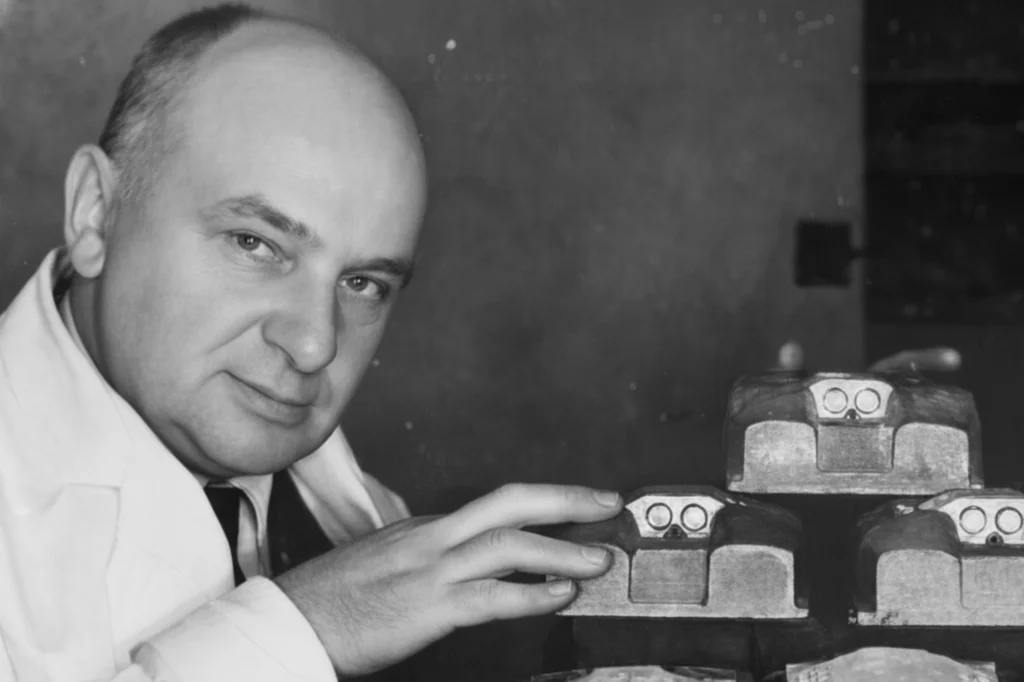
The Language of Asphalt and the Role of the Cat’s Eyes Traffic Sign
Cat’s Eyes Traffic Signs, also known as road studs or pavement markers play a crucial role in modern road safety. The rounded design blends seamlessly with the pavement, acting as retroreflective markers that return vehicle light back to drivers. This clever function enhances nighttime visibility and helps maintain lane discipline, ensuring a safer and more organized flow of traffic even under low-light or rainy condition.
These are among the most widely used devices in road infrastructure, playing a key role in improving traffic safety and visibility across highways, streets, and urban environments:
Ceramic Cat’s Eyes Traffic Sign
Commonly installed in areas where drivers require additional warnings—such as slopes, braking zones, or sharp curves—the ceramic cat’s eyes traffic sign enhances both visibility and driver awareness. The reflective glass beads return headlight beams directly to the source at night, while the ceramic surface creates a subtle vibration as tires pass over it, alerting drivers through tactile feedback. It’s often used in access roads or curved sections where speed reduction is needed without relying solely on vertical signage.
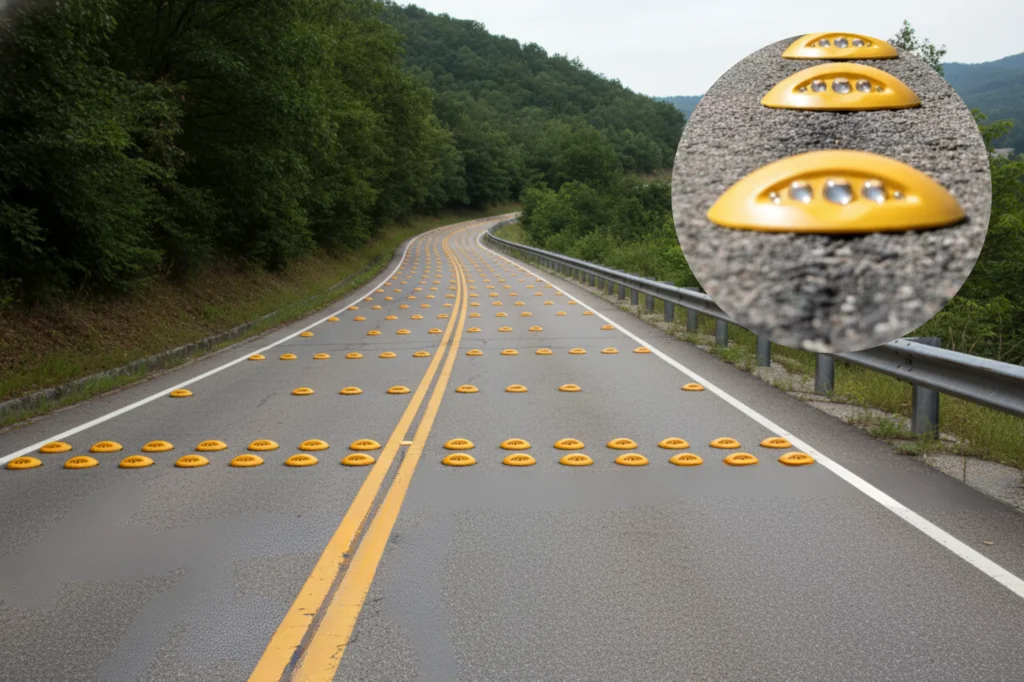
Stainless Steel Cat’s Eyes Traffic Sign
Designed for areas with heavy traffic or extreme conditions, this Cat’s Eyes Traffic Sign guarantees exceptional mechanical strength and long-lasting resistance to continuous wear. The robust metal body delivers high-intensity light reflection and withstands the pressure of heavy-duty vehicles, maintaining consistent visibility on loading lanes, industrial access points, and braking zones.
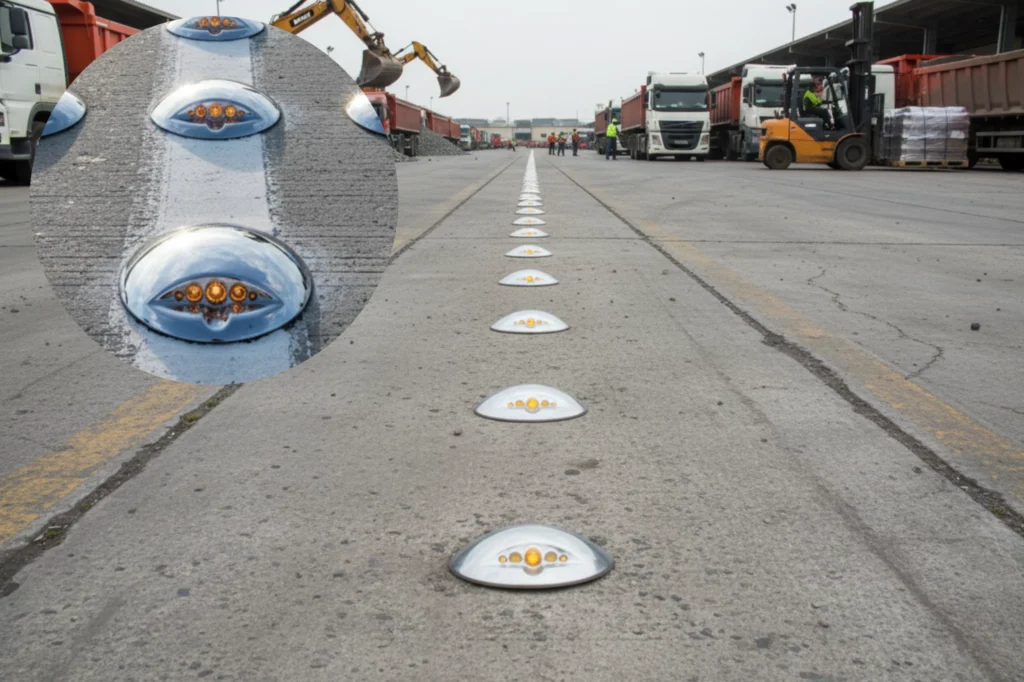
Blue Cat’s Eyes Traffic Sign – Multiview Model
The Blue Cat’s Eyes Traffic Sign is used in parking areas, emergency zones, and restricted-access routes to clearly indicate designated-use spaces. Its distinctive color identifies areas reserved for public services, medical attention, or controlled traffic flow. Remaining highly visible on the pavement, it helps maintain order and clearly define access limits, contributing to safer and more organized road infrastructure.
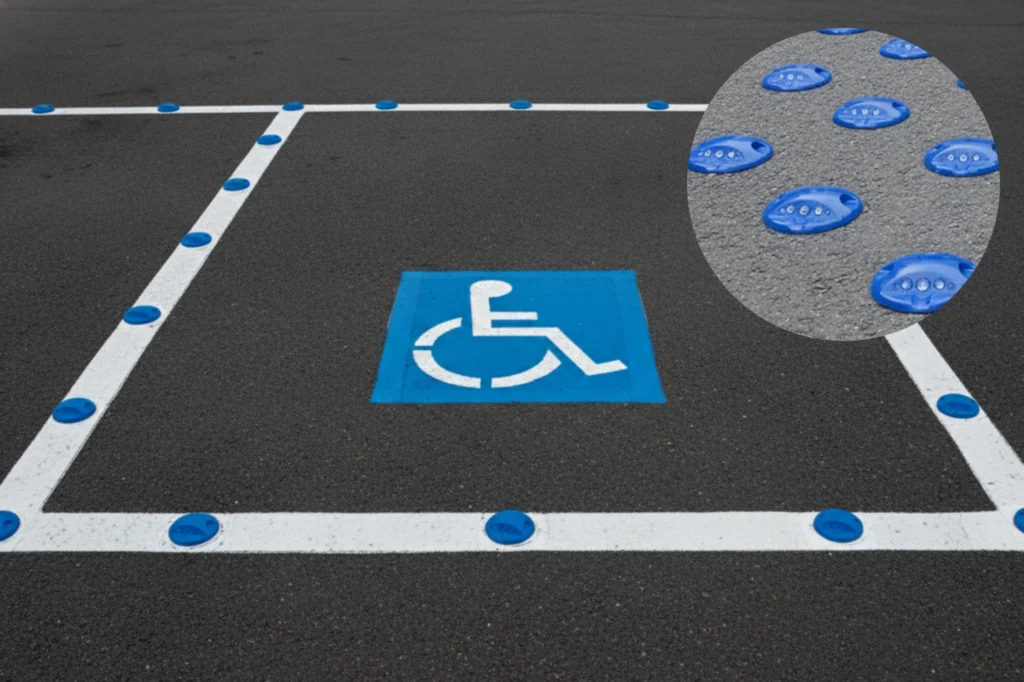
Durability That Inspires Confidence
One of the greatest values of the Cat’s Eyes Traffic Sign lies in its permanence. It is engineered to withstand heavy vehicle pressure, pavement abrasion, and thermal variation without losing effectiveness. Materials such as high-density polycarbonate, anodized aluminum, and vitrified ceramic ensure that retroreflection remains active and reliable year after year.
In terms of infrastructure, the Cat’s Eyes Traffic Sign represents an investment that blends cost efficiency with long-term safety. It requires no complex installation, demands minimal maintenance, and offers a lifespan that far exceeds that of many other road elements. For this reason, every well-marked kilometer of highway includes dozens of them—aligned like a chain of lights that activates precisely when drivers need guidance most.
Beyond Reflection: A Core Element of an Integrated Road Safety Strategy
Thinking about the Cat’s Eyes Traffic Sign means understanding it as part of a broader system. Its effectiveness depends on the coherence between road signage, speed management, urban design, and driver education. As highlighted in comprehensive road safety and key prevention factors, no single element can keep drivers safe on its own. Only when all parts work together can we create roads that are not just functional, but genuinely safe for everyone.
These small retroreflectors work in coordination with thermoplastic road paint, vertical signage, and barriers to create a predictable driving environment. Each component fulfills a specific function, yet they all share the same purpose: maintaining driver attention and reducing the margin of human error. Together, they form a comprehensive system that enhances visibility and safety across all types of road networks.
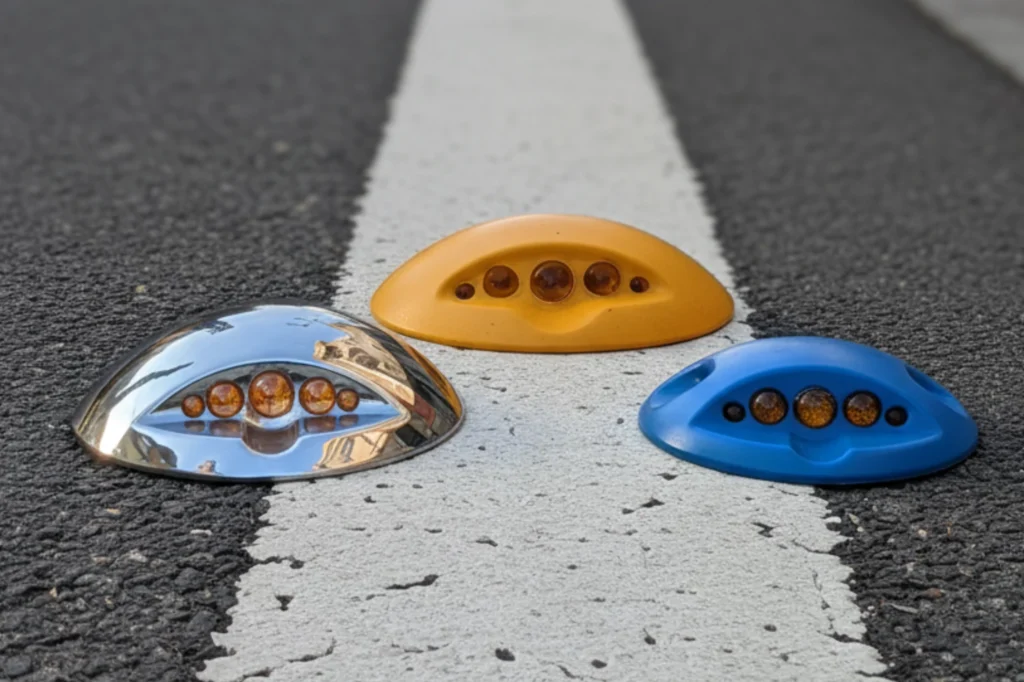
The Gaze That Stays on the Road
In everyday traffic, few drivers stop to consider the purpose of those small reflectors embedded in the road. Each Cat’s Eyes Traffic Sign plays a vital role in the broader guidance system that shapes modern traffic flow. Their steady presence helps organize vehicle movement, enhances road visibility, and supports other preventive measures that strengthen overall safety—such as the recommendations found in public road safety programs like road safety kit: Essential gear every driver should carry.
Their unwavering presence reminds us that safety isn’t only about bright signs or cutting-edge systems—it’s also about the silent precision of the elements that never stop working. Together, they weave the invisible network that keeps traffic flowing, reduces mistakes, and inspires trust behind the wheel—so every journey feels smoother, safer, and more human.
